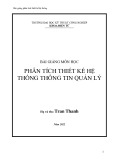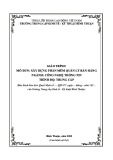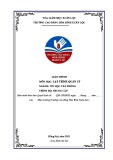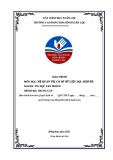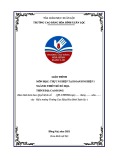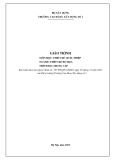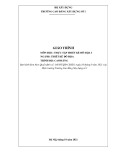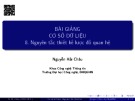
20
Copyright © Oracle Corporation, 2002. All rights reserved.
Workshop Overview

20-2 Copyright © Oracle Corporation, 2002. All rights reserved.
Objectives
After completing this lesson, you should be able to do
the following:
•Use the Oracle tuning methodology to diagnose
and resolve performance problems
•Use Oracle tools to diagnose performance
problems
•Understand the goals of the workshop

20-3 Copyright © Oracle Corporation, 2002. All rights reserved.
Approach to Workshop
•Group-oriented and interactive
•Intensive hands-on diagnosis and problem
resolution
•Proactive participant involvement

20-4 Copyright © Oracle Corporation, 2002. All rights reserved.
Company Information
•Small startup company
–Shares a Sun server with 10 other companies
–Presently has four employees that use the database
•Looking to expand shortly to 20 database users
•System was set up by a part-time trainee DBA
•System performance is very slow

20-5 Copyright © Oracle Corporation, 2002. All rights reserved.
Physical Workshop Configuration
Each client account is set up in the following manner:
•All workshop files are located in E:\Labs\Wkshop
•All the data files are located at
E:\ORANT\ORA92\ORADATA\ORCL
•The E:\ORANT\ORA92\ADMIN\ORCL\BDUM directory
is used for instance-specific trace files.


